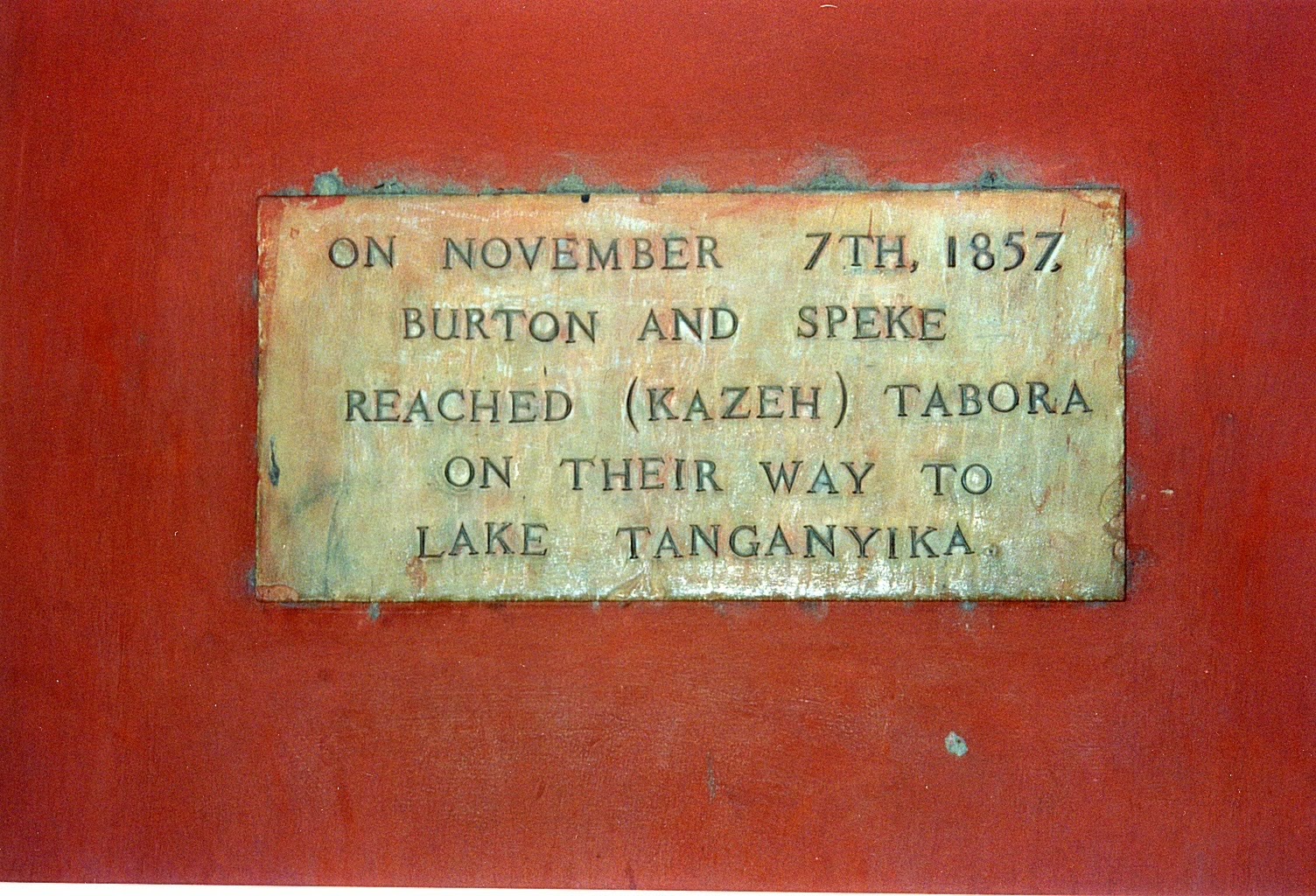The Story. The Book.
DR. WILLIAM EDWARD DILLON: NAVY SURGEON IN LIVINGSTONE’S AFRICA
This book tells the extraordinary life-story of an Officer-Surgeon who travelled in the 1860s on Tall Ships to South America, North America, South Africa, Zanzibar, Arabia, India and Ceylon.
Having completed this adventuring on the high seas, the story continues as Dillon joins his great buddy, Lieutenant Verney Cameron on an expedition sponsored by the Royal Geographical Society in London to find Dr. David Livingstone, who had not been heard of in Africa for over two years.
Was Livingstone sick? He had a history of suffering serious maladies in Africa.
OR Had Livingstone “gone native”? Good men had been known to disappear before, in this fashion.
OR Was Livingstone even alive? His
proposed explorations had included travelling through territory where
cannibalism, boiling victims alive, had previously been recorded.
The
two Naval Officers set out, were soon joined by two further companions
and over 300 porters, many soldiers with arms, and donkeys and dogs. They
tramped through marshes, across swift-flowing rivers and through
hostile territories, only to find Livingstone had recently died. His body’s journey to
Westminster Abbey is described in the book, as well as the death of some expedition members.
Research for this book took ten years. 6
cousins and 3 companions followed the explorers’ trail through Tanzania. Their
original photographs fill the pages, as do original sketches by Dillon,
and further maps, mini-biographies, and reproductions of diary passages written by
Dillon while on the oceans of the world.
Cameron wrote a book in 1877 about the expedition and his Across Africa is
fully quoted in this new book, as are a number of original letters held
by the author, all used skilfully to describe events accurately.
There are THREE versions of this book, available for purchase: Hardcover, Paperback and E-book.
Some words of caution to shoppers: (many of you will know these already!)
(a) Prices vary from one site to another
(b) Prices vary from one day to another, even on the same site - they will go up one day, down another day.
(c) Shipping prices also change, and some places might offer "Free Shipping."
(d) Some sites might write: "only 2 copies available" OR "not in stock" OR "takes 3 weeks." Please ignore these notes - basically these are rubbish. They are a ploy to get you to buy the book, or not to buy a certain version, or to encourage you to browse their site and participate in their promotions of something else.
Shoppers need to shop wisely and carefully. Security is not an issue - shoppers just need to be aware of the marketing strategies within the publishing business.
Should you be interested, books are available on the following sites:
My website: www.juliaturner.ca
FriesenPress Bookstore: http://www.friesenpress.com/bookstore/title/119734000012305098/Julia-Turner-Dr.-William-Edward-Dillon%2C-Navy-Surgeon-in-Livingstone%27s-Africa
All Amazon on-line sites
Chapters (Canadian site) is offering only the E-book - and why this is so, is a mystery . . . if this should change, this notice will, also!
And so, dear Readers, this is the final "letter" or "post" to you on this site. And to you, the Readers, I owe a huge THANK YOU for participating in this journey. Your interest has grown, and your reception has always been warm and encouraging. Readers have logged onto this site from every Continent, and Readers have read 27 posts!
I also thank those who assisted in developing this site and in giving advice: Sue Urie (wife of first cousin) and Brennen Cross (grandson) and Derek Turner (son). As you can see, I'm into Family History - so I am developing a new blogsite, the first weekly post to be listed on September 5, 2014, and called:
New readers joined in reading this blog this week, from:
Russia, India, Spain, Italy and Poland.
WELCOME!
Final credit for this post goes to: SOPHIE WALBEOFFE, who generously donated her beautiful painting titled : "Red Hot"
to be on the cover of the book on Dr. Dillon.
Readers might enjoy the following link to Sophie's Gallery, the Osbourne Studio Gallery in London, where further wonderful paintings by Sophie may be viewed:
And so "Farewell" until the new blog is posted


























































